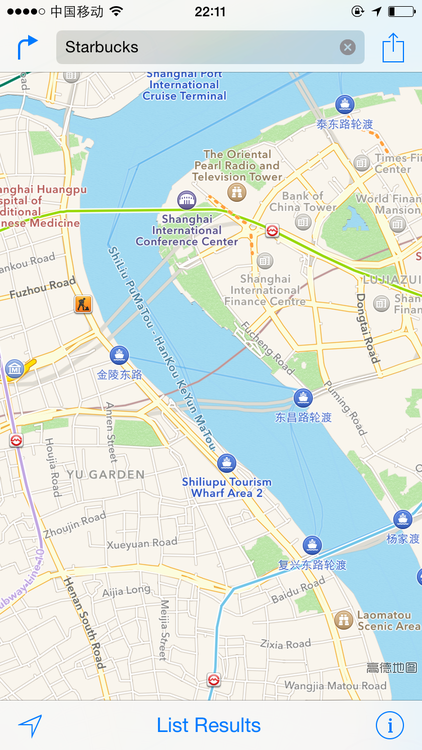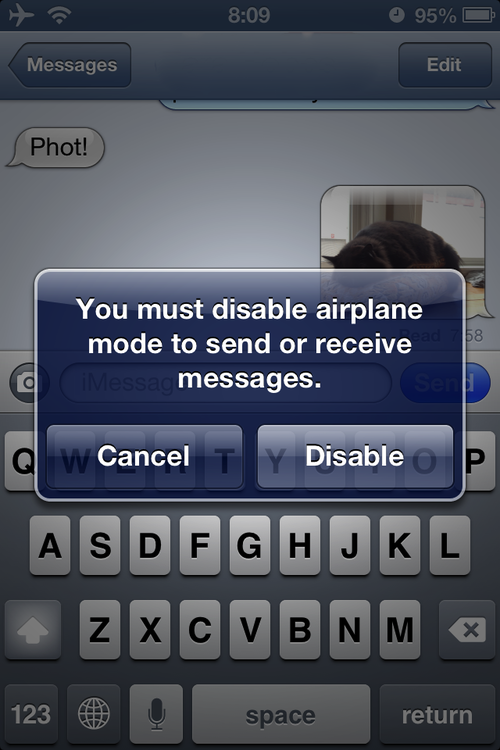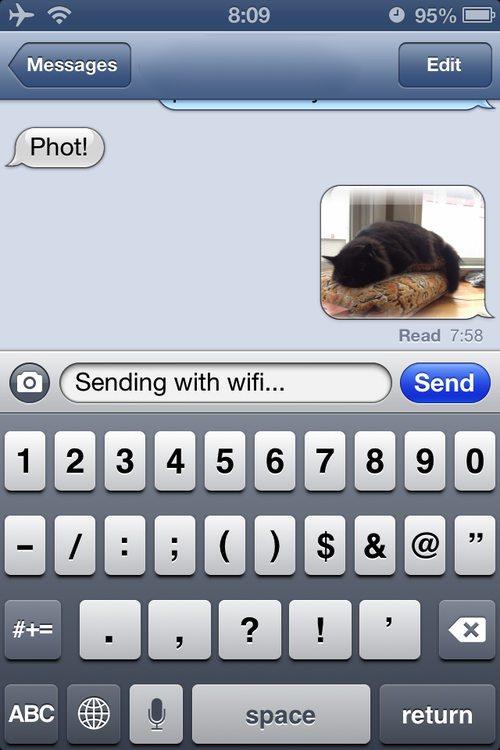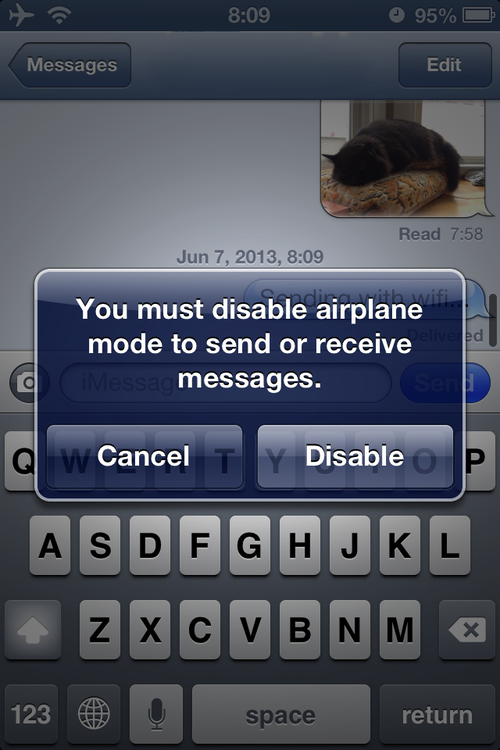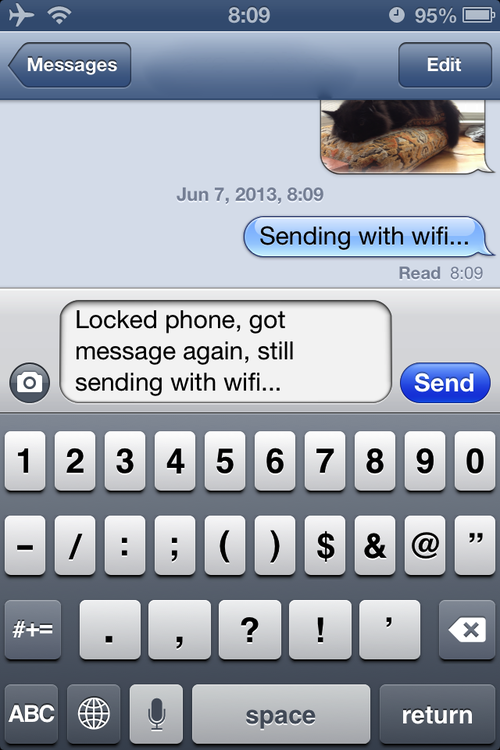Occasionally I try to remember things I used to write about. Recently I’ve become unemployed, and thus re-visited my custom Mac install. The strangest thing about frequent startup failures is that I am left with a plethora of computers.
Here, then, are my thoughts on software for them, updated to the Spring of 2020. It’s as good a thing as any to write about instead of thinking about the world situation.
Due to the above circumstances, I have two Macs, a much-loved and little-used 13” MacBook Pro 2015, top of the line, bought second-hand when I left my job and started consulting in 2017. I love that laptop, the last MacBook Pro with ports, a magsafe power adapter, and a good keyboard. It is still my favorite Mac ever made, a title I hope it doesn’t hold forever.
The other Mac is the kind of gift we hope not to get. A 2016 13” Touchbar MBP, it has the absurd specs of a well-funded IT department, 16 gb of RAM and a 1 TB SSD, the kind of specs that seem good now but were quite expensive when it was handed to me my first day at Anki in May 2017.
As to the install I still espouse minimalism, and try to go long periods of time without touching the defaults just to see if I can. The most amusing part of the prior list is how little it has changed in seven years. The sad part is the explosion of messaging clients, a poorly-maintained and fragmented app situation I wouldn’t wish on my 2013 self who only had to hate the odd interactions between Skype and Lync.
- Dropbox - I’ve started paying for Dropbox, after a decade of being a free user. Support what you love, I say, and after using Google Drive, One Drive, and Box at various startups over the past few years, I really love Dropbox.
- 1Password - There’s still an app-only purchase, not a subscription, and so that’s how I continue to use it, sync’d to Dropbox. A must either way, and I hope the recent VC cash infusion doesn’t change the company.
- Little Snitch - Still perfect, still made by a small German company, still an early part of my Mac set up
- Office - As before, installed only for Excel, which remains my must-have work app.
- LaunchBar - On work Macs I skip this, just to see, but once the Mac becomes mine eventually LaunchBar is necessary. Every time I’m shocked I lived without it. More than 15 years now of being a critical app.
- Fantastical - Again, installed mainly for the menu bar item.
- Ulysses - Now a Mac App Store version, still where everything I write, including this post, starts.
- 1Blocker - As far as I can tell this is the best Safari ad blocker.
- Soulver - I really love this app, a quick calculator that somehow is smarter than Excel and simpler than a calculator. It’s one of my top 5 iPhone apps, and the new version 3 for Mac is incredibly nice.
- ExpressVPN - Living abroad and spending a lot of time in China, a VPN is mandatory. Express is the best I’ve found for the situations I’m in, and I’ve been a customer for years.
- Slack - I use this begrudgingly due to it’s huge resource load, poor adherence to Mac standard interface items, and awful propensity to take over focus repeatedly on launch.
- Zoom - Likewise begrudgingly used due to their horrible security, propensity for hiding useful preferences on a web page, and willingness to sacrifice everything for growth. This shouldn’t be a surprise, there’s an entire job in Silicon Valley called ‘Growth Hacker’.
- Signal - While not perfect, Signal is excellent and getting better every day. The only app I proselytize now.
- Whatsapp - Another annoying Electron-based chat app that unfortunately is the social mainstay in Hong Kong.
- Wechat - The worst of all the chat apps in terms of adhering to good design principles, but likewise critical for conversations with suppliers and friends in China.
- Tweetbot - I use Twitter a lot less lately, but Tweetbot is still the only functional way to do so.
There are others, edge cases, but those are the apps on this Mac that see regular use. What has changed since 2013, when I wrote the first version of this list? Two big things:
- Most of the software I love I pay for. The first 10 items on this list all cost me money. This, in my 2020 opinion, is a good thing, as it means the people may still be making it when I update this list next. For a lot of these apps I’ve been paying for a long time. I started using Ulysses in 2003, LaunchBar in 2006 if not before, 1Password, Fantastical, and Soulver in the iPhone era.
- Chat apps are the problem. The list above contains 5 chat apps, all of which overlap in functionality and are on a system which already includes Messages and Facetime, both of which I use regularly. The swelling of this category was hard to predict in the Adium era of standards-based services that could be aggregated. I desperately wish the same were still true. Without much hope for that, I’m working hard to move my life to Signal/iMessage for personal, and Wechat for China. Whatsapp/Slack/Zoom remain a must due to Hong Kong and work, but I’d prefer to abandon all three. Unfortunately I hold out little hope for this category’s improvement, given the drivers behind each app’s growth.
